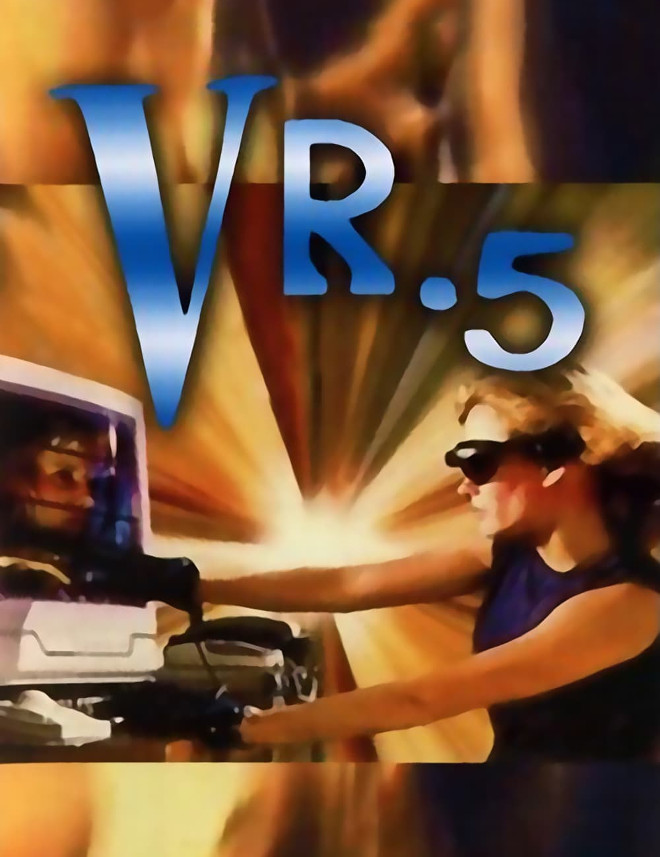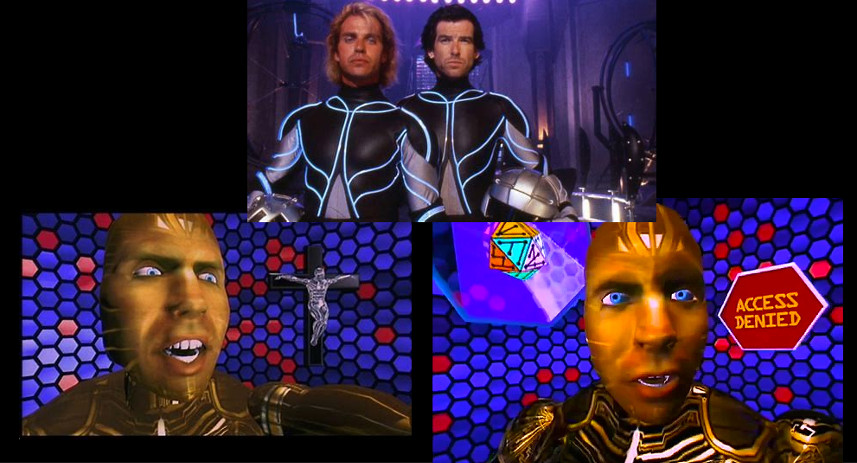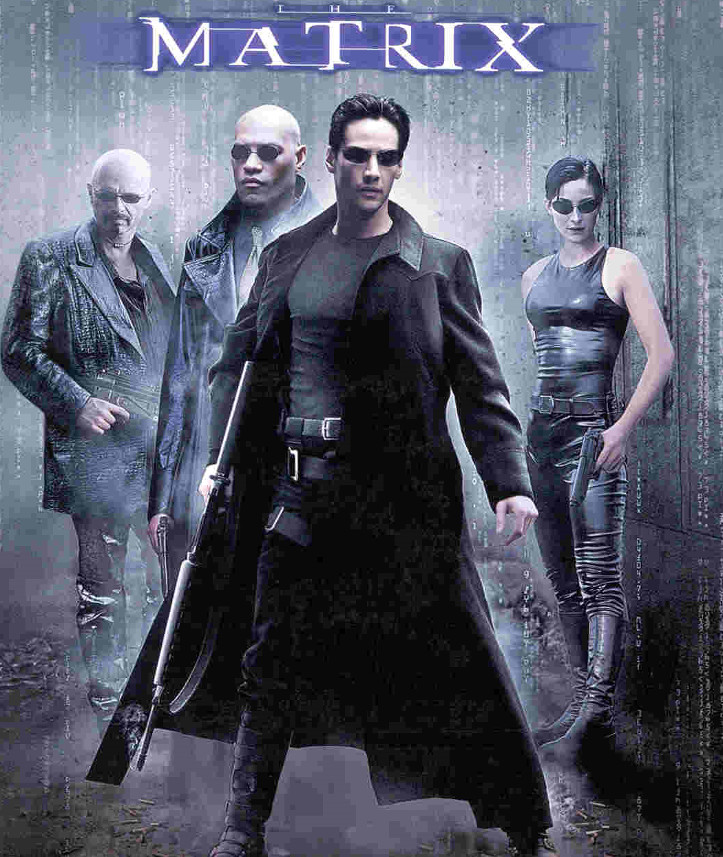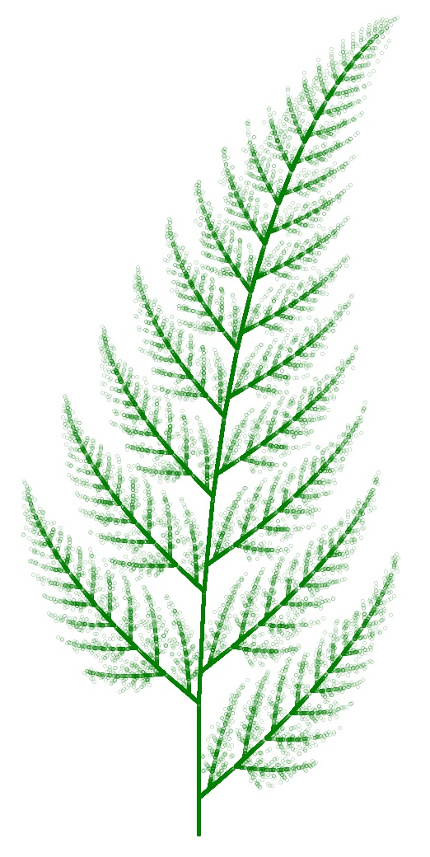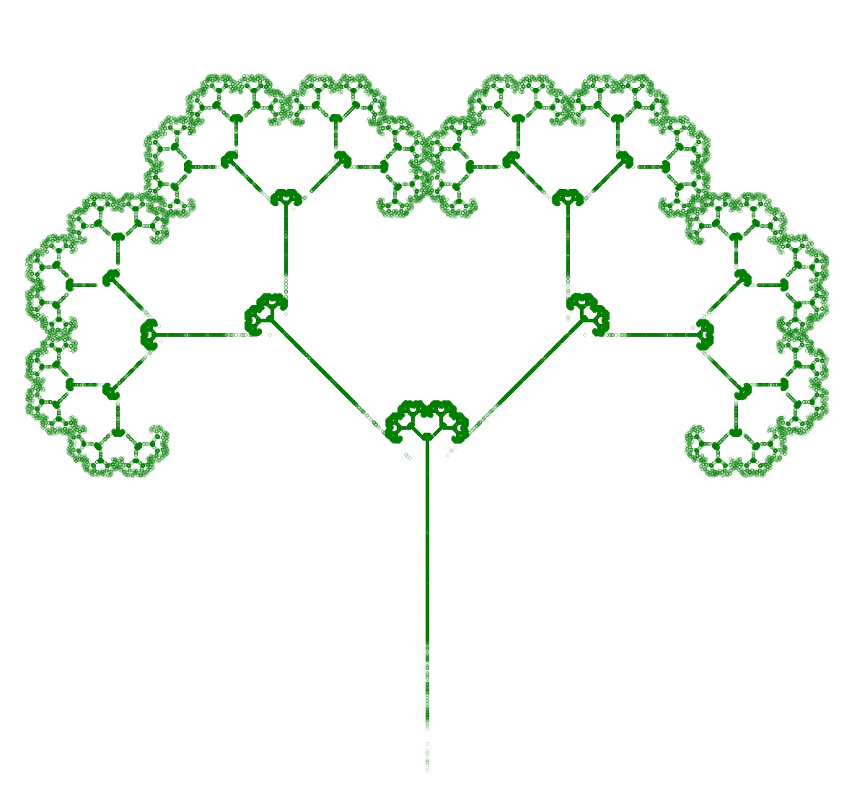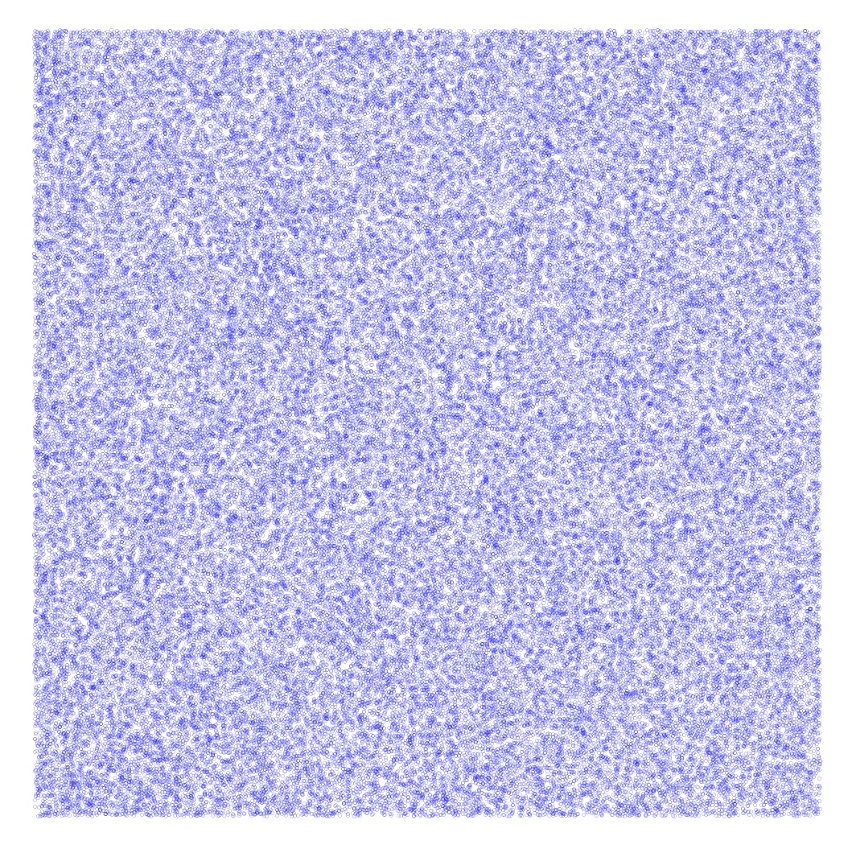Real Reality
The year was 1995. A short-lived and largely unnoticed television show premiered on Fox from March to May of that year. The show centered around a young woman named Sydney Bloom (played by Lori Singer, who played the role of Cassandra in Warlock), whose father bequeathed her a strange ability. She was able to enter VR.5, the fifth level of virtual reality, which consisted of her entering with total perception into a cyberspace world that sported realism that matched our own day-to-day reality.
The premise and promise of the show was that a fully immersive digital world was just around the corner. All that was needed was the familiar trappings of eye-gear, power-glove, computer, and cheesy special effects. Those modest ingredients allowed her to totally connect with a different reality or, at least, another facet of our reality.
Just a scant three years earlier, the entertainment industry subjected the film-going public to the cringe-worthy spectacle that was the horror movie The Lawnmower Man. Loosely based on a Stephen King movie, the story follows the tragedy that ensues when a scientist (played by Pierce Brosnan) attempts to boost the brain power of a developmentally challenged man (played by Jeff Fahey) through a combined use of drugs and virtual reality.
Here we see a fairly early representation of tactile suits that are designed to simulate the sense of touch, as well as the concepts of an avatar to represent one’s persona in the virtual world and the reoccurring theme of megalomaniacal behavior brought on by unfettered cyber-license.
Without a doubt, the most esteemed member of all virtual reality stories must be The Matrix.
Premiering in 1999 under the shadow of The Phantom Menace, the first Star Wars movie in over 15 years, The Matrix was largely overlooked in the months leading up to its release, but the public reception of its storyline and the philosophical questions that it raised made it a classic of American film. It set the bar for what virtual reality would mean in the science fiction genre, and the tropes, styles, and themes that the entire trilogy used continue to shape VR storytelling to this day.
During the 1990s, it seemed that everywhere you looked the concept of a totally encompassing virtual reality was a narrative staple in almost every type of tale. Even an entire episode of Murder She Wrote, was devoted to it as a vital clue to solving a crime. And it isn’t hard to see why VR as a story element showed up in so many places; the concept was flashy and popular and the alternate reality it represents is, at its heart, exactly what storytelling is about – exploring the ‘what ifs’ and ‘what may have beens’ of life.
But the actualization of VR in real life has fallen far short from the promise of these tales. Like stories involving space travel and artificial intelligence before it, it is far easier to imagine a far-off future of our hopes than it is to realize the more modest goals that we can achieve. All of these are instances of intoxication fantasies where the mind constructs an idealistic and totally unachievable future by completely disregarding cold, hard facts.
Fortunately, there are realists who are quite willing to redirect ideas and effort to a future that is not only achievable but actually useful. Space travel doesn’t take us boldly where no man has gone before but it does let us examine land usage, water pollution, and habitat change from a global vantage point. It connects distant points on the globe, helps us to remain found (rather than being lost), and make instantaneous communications a reality. AI no longer means machine sentience with all the dreams of utopia and all sinister overtones of dystopia but rather smart agents that act in specific circumstances and within a well-defined realm of applicability faster and more reliably than can a human. Modern AI techniques help us to make smarter use of limited resources, connect disparate things together to make informed decisions, and help us manage the ever-increasing scale of modern technological life.
Likewise, it seems that VR is moving away from the pipe dream of total immersion and towards a future where the digital supplements the actual. A panel I attended at Dragon Con a few years back presented an excellent application of augmented reality. Imagine you are a network engineer and there is a problem with an onsite telecommunications system of one of your customers. Despite your expertise, qualifications, and certifications, if you’ve never seen the client’s telecom closet, which may look a lot like this,
it will take you some time just to grasp where each blue cable is going to or coming from before you can even begin to troubleshoot which ones are at the root of the problem. The network topology may be correctly documented on the appropriate diagrams but wading through all the details, trying to match up some lines on a piece of paper to a real world length of cable in order to find the one circuit that you believe is the culprit is a long, tedious process. Now suppose that instead of a static network diagram, you are able to done VR goggles that overlay portions of the network diagram over top of the image of the real thing that is in front of your eyes. Suddenly you have a live, heads-up display to assist your navigation of the network design that rivals the best tutorials that videogames have to offer. This use of VR is so promising that Koch Industries is touting it in their newest press release.
There are other equally humdrum but interesting applications. One that is particularly near and dear to my heart is the use of VR to explore complicated 3D data. I had a recent occasion to look at the tangled magnetic field patterns that arise in certain geophysical situations, and a few minutes in VR space did a lot more for my understanding than months of looking at 2D slices and projections.
So, maybe there is a future after all for VR, just not the one that futurists and science fiction writers envisioned. Never would have seen that coming.

